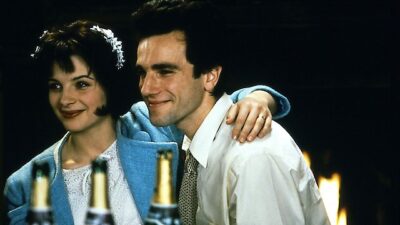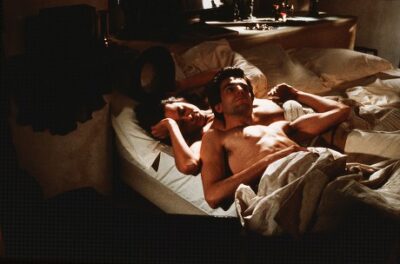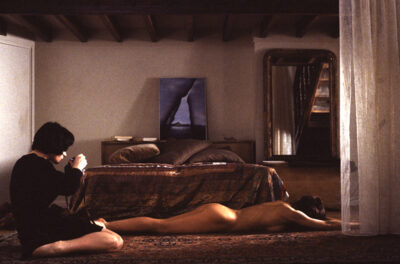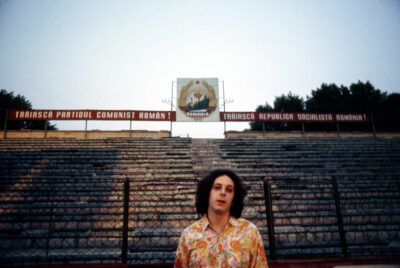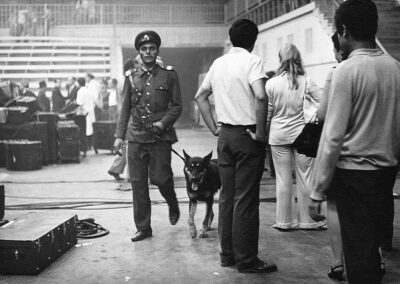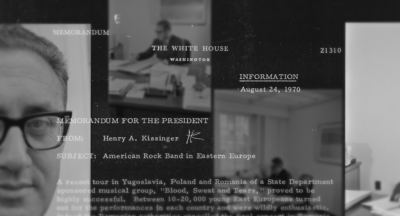We’re pleased to open the restoration of Party Girl, the 1995 classic directed by Daisy von Scherler Mayer, this Friday at our Glendale theater. The film launched the career of star Parker Posey, in the now-iconic role of Mary, the titular Soho party girl-turned-librarian, and marked an important turning point in the world of NYC indies. The director will participate in a Q&A after the 7:30 pm screening on Saturday, April 29. Filmmaker Miguel Arteta will moderate.
“We made this movie for ‘the kids’ – as we called them – young people from small towns, who had big dreams, and who weren’t, for whatever reason, conforming to the status quo,” says Parker. “Our intention was to nurture them — with style and color, wit and heart, music and dance. I’m happy the film’s out with a re-release, to inspire again – the unconventional path many of us live today. A special shout-out to the librarians, who also enjoy being silly on a dance floor — and while I’m at it, to the art of DJ’ing and other arts that keep us moving and free.”
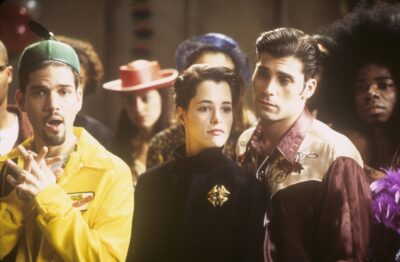
Party Girl follows Mary (Posey), a NYC nightclub scenester and social butterfly who rules the underground party scene. By day, however, she lacks purpose and enough funds to make rent. When her aunt gets her a job at the local library, Mary initially waffles under the constraints of the system, but then unexpectedly flourishes as a librarian (and does a lot of growing up along the way). The film features a laundry list of notable actors, including Liev Schreiber, Guillermo Diaz (Scandal), and John Ventimiglia (The Sopranos), and is brilliantly shot on location in pre-gentrification Lower Manhattan.

